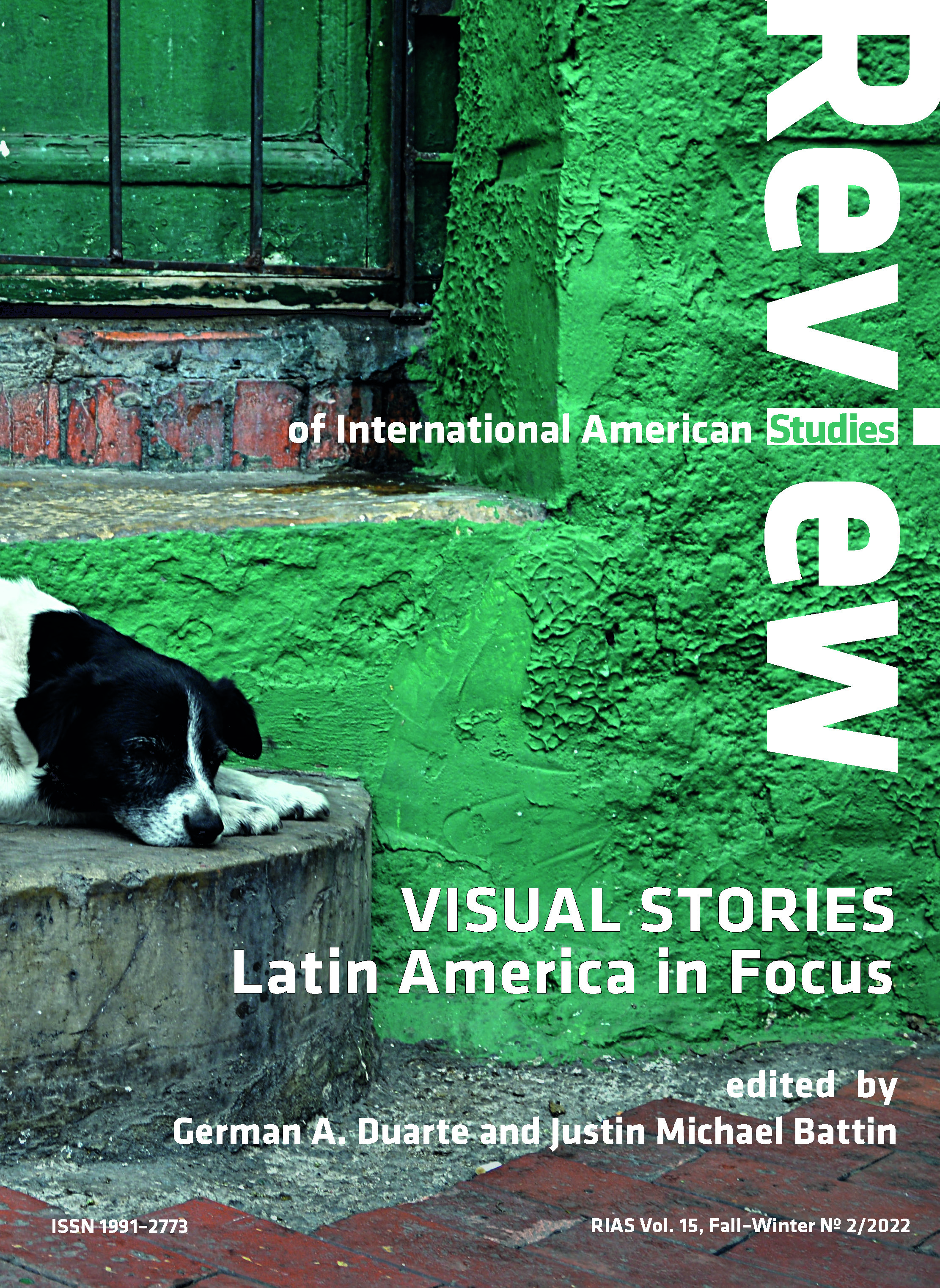

 https://doi.org/10.31261/rias.14741
https://doi.org/10.31261/rias.14741
Español
Los conservadores están preparados para tratar diferentes tipos de objetos; sin embargo, se necesita un grado de especialización particular para trabajar con determinados artefactos. Las películas cinematográficas requieren determinados conocimientos, herramientas y equipo para su manipulación. A diferencia de otros objetos del patrimonio cultural, su aprehensión no se da únicamente mirando el objeto fílmico, sino viendo la película proyectada y viviendo la experiencia cinematográfica. El propósito de este proyecto fue dictaminar el estado de conservación de una película aplicando la metodología utilizada en la conservación de objetos del patrimonio cultural "tradicional" como: documentos gráficos, fotografías, pinturas, esculturas, etc. El objeto cinematográfico se titula Cine Revista Salvadoreña y pertenece al acervo de la Filmoteca de la Universidad Nacional Autónoma de México.
English
Conservators deal with different kind of objects; nevertheless, a particular degree of specialization is needed to work with certain artifacts. Motion picture film requires determined expertise, tools, and equipment for its manipulation. Unlike other objects of cultural heritage, apprehension does not occur only by looking at the film object, but also by seeing the projected film and living the cinematographic experience. The purpose of this project was to assess the state of conservation of a film by applying the methodology used in the conservation of objects of "traditional" cultural heritage, such as graphic documents, photographs, paintings, and sculptures. The film object is titled Cine Revista Salvadoreña and belongs to the collection of the Filmoteca of the Universidad Nacional Autónoma de México.
Download files
Citation rules

Vol. 15 No. 2 (2022)
Published: 2022-12-31
 10.31261/RIAS
10.31261/RIAS